Architect Hugh Strange's bold intervention transforms Peckham house
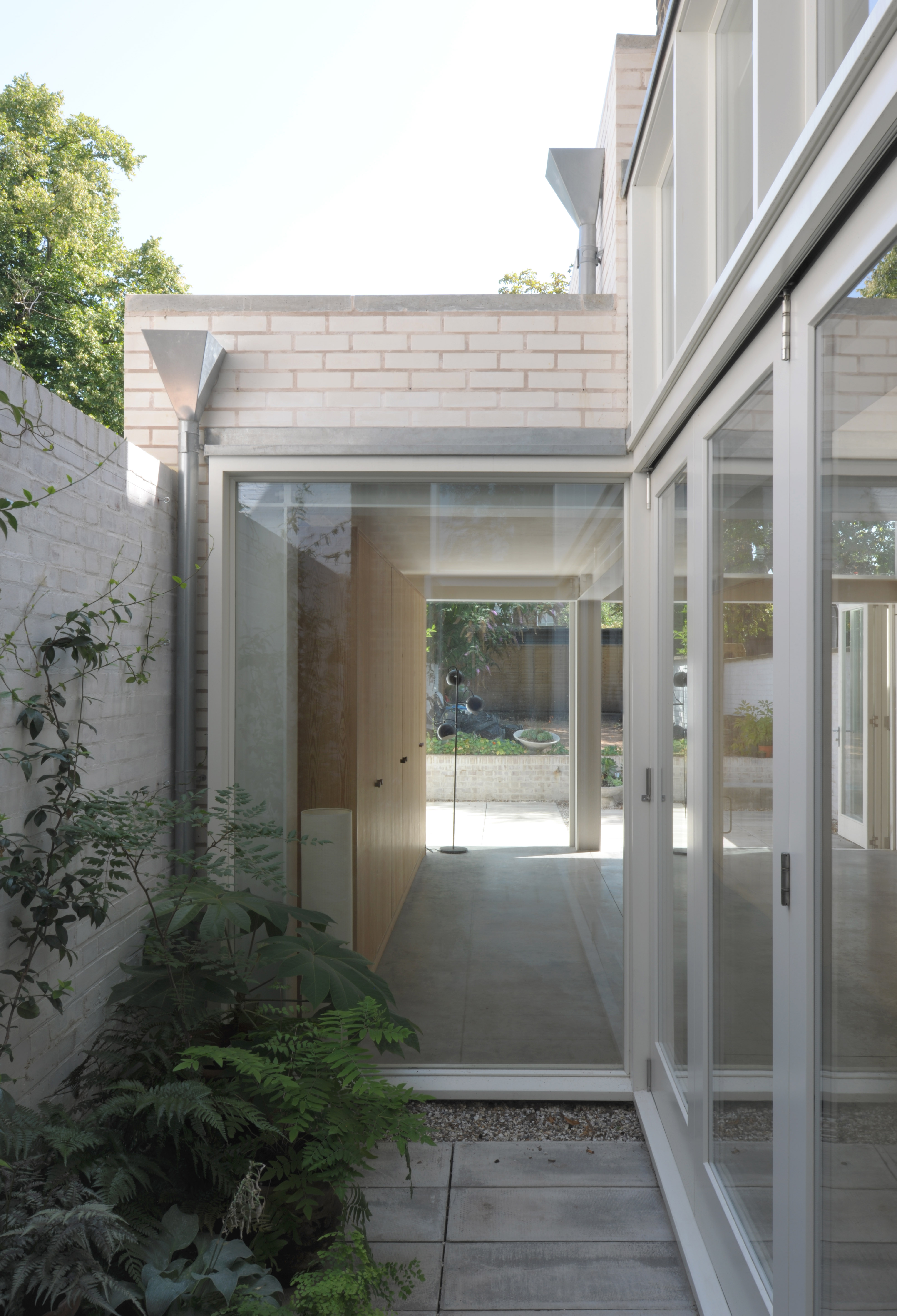
The latest in a series of bold interventions into existing buildings by architect Hugh Strange is the radical reconfiguration of a mid-19th century terraced house in Peckham. In the past, Strange has used huge concrete or timber forms to rework rural buildings, but here his intervention is a bold but ultimately light and open steel framed structure, inserted into the guts of a townhouse.
Although the original building is a hefty three-storey Victorian home, prior to this intervention the lower floors were modest in size and had little relationship with the garden to the rear. Not now though. Two ground floor levels have been completely transformed thanks to the huge steel frame.
This frame has a key structural role, supporting the main body of the house above. The structure of the upper ground floor level has effectively been moved to the rear, allowing a double-height space for the kitchen below and a connecting stair between the two halves of the house.
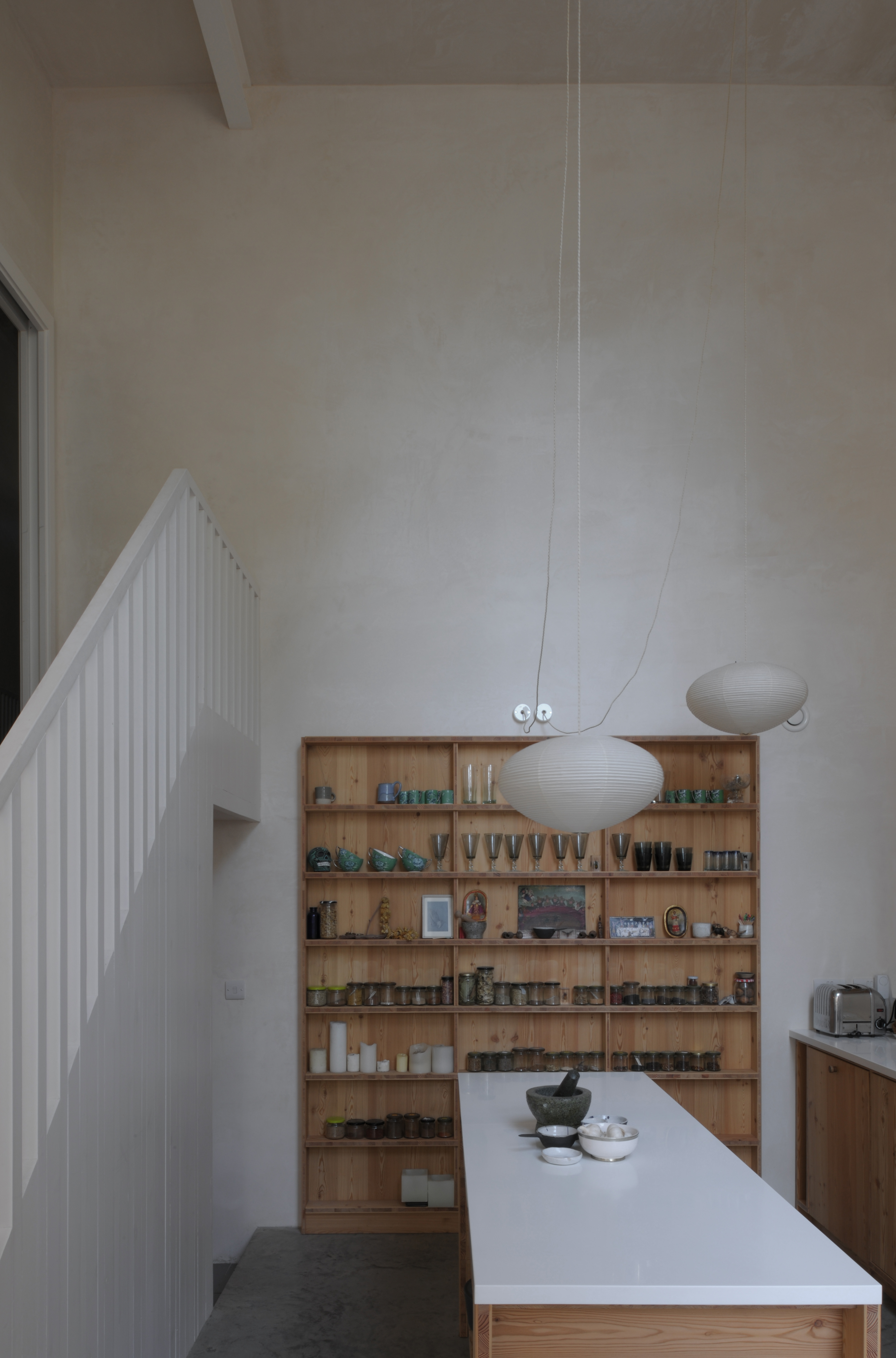
The townhouse in the city’s south has been redesigned in a contemporary way. Photography: David Grandorge
The steel frame also provides the architectural device for organising the new space. ‘You see the job that the structure is doing. It is not entirely rational though, there’s a poetic narrative to it,’ says Strange. Carefully framed views out to the garden have been created, subtly hinting at the career of the client, a photographer and her family. Thanks to large sliding french windows, the link is also literal.
As well as creating an interplay between the robust interior and verdant exterior, Strange’s design is also characterised by an interplay between the white painted steel structure, which creates a certain cool regularity to the space, and the specialist joinery, which is far warmer in tone and softer in shape.
Tables, shelving and bespoke kitchen units in larch tri-board provide relief and playful contrast to the painted steel. This juxtaposition between steel frame and joinery has the ingenious effect of heightening the relationship between house and garden, as well as between old and new parts of the house.
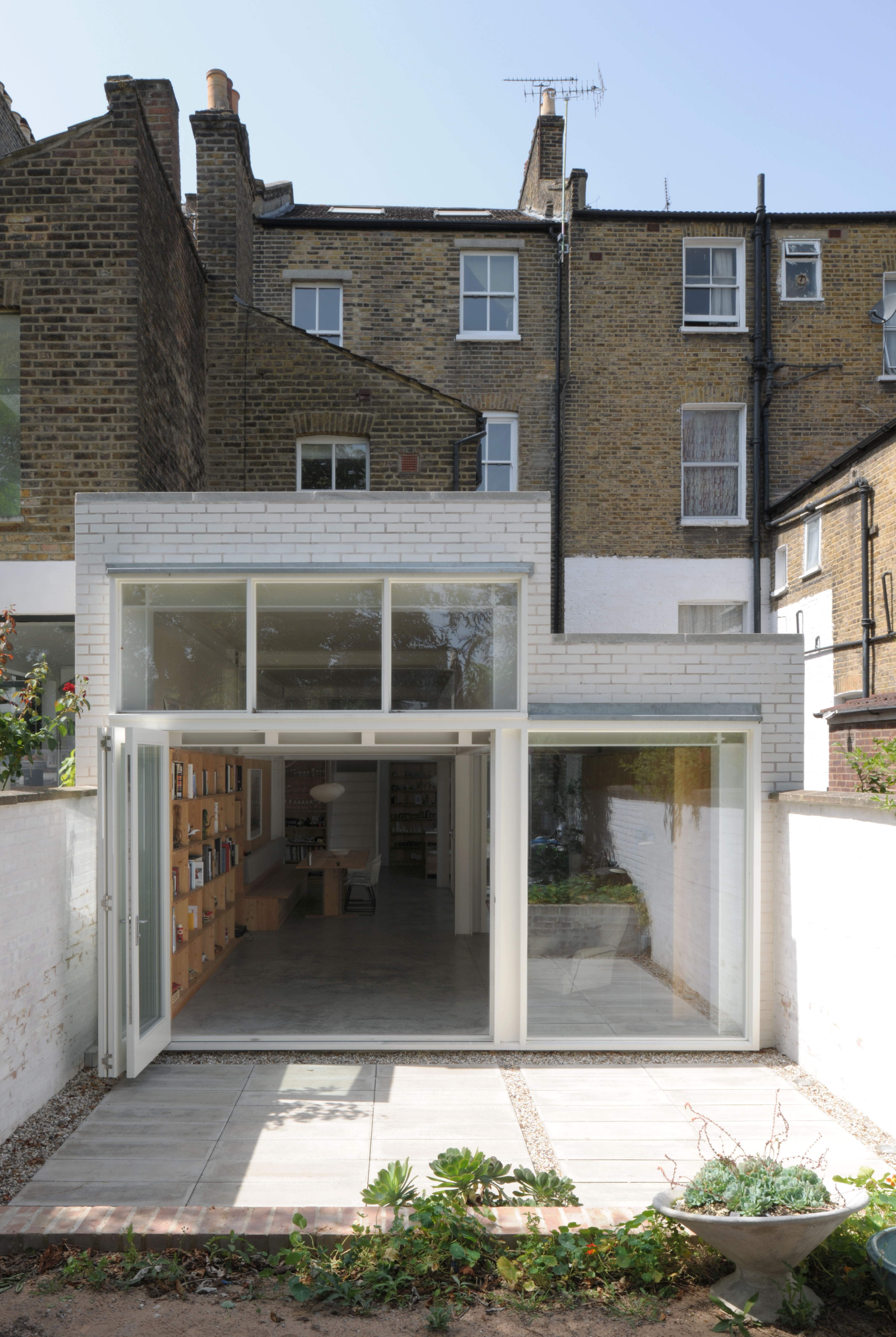
The project involved an extension and renovation of a house for a photographer and her family.
The townhouse in the city’s south has been redesigned in a contemporary way.
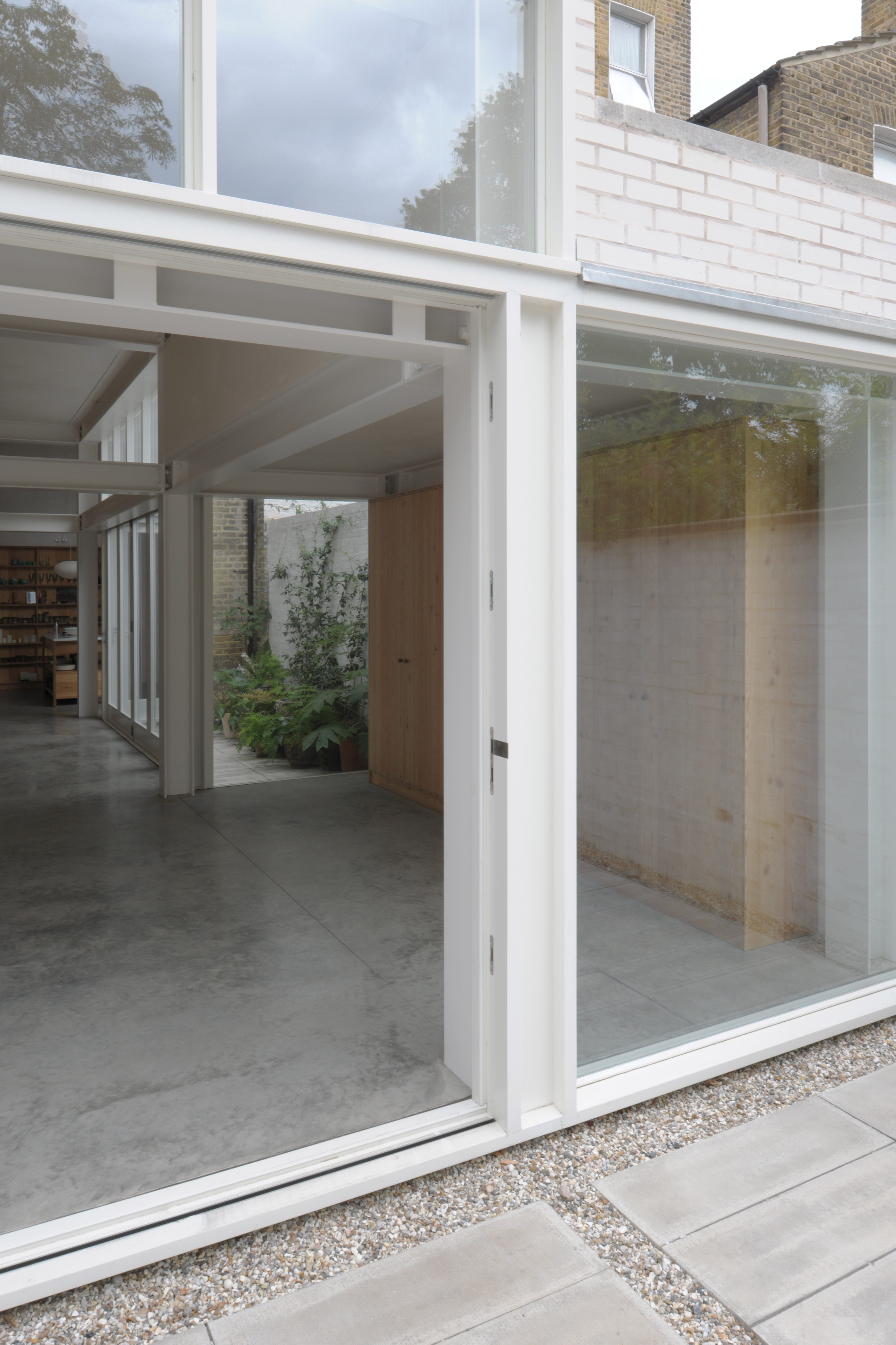
Part of Strange’s task was to strengthen the link between the indoors and the verdant garden.
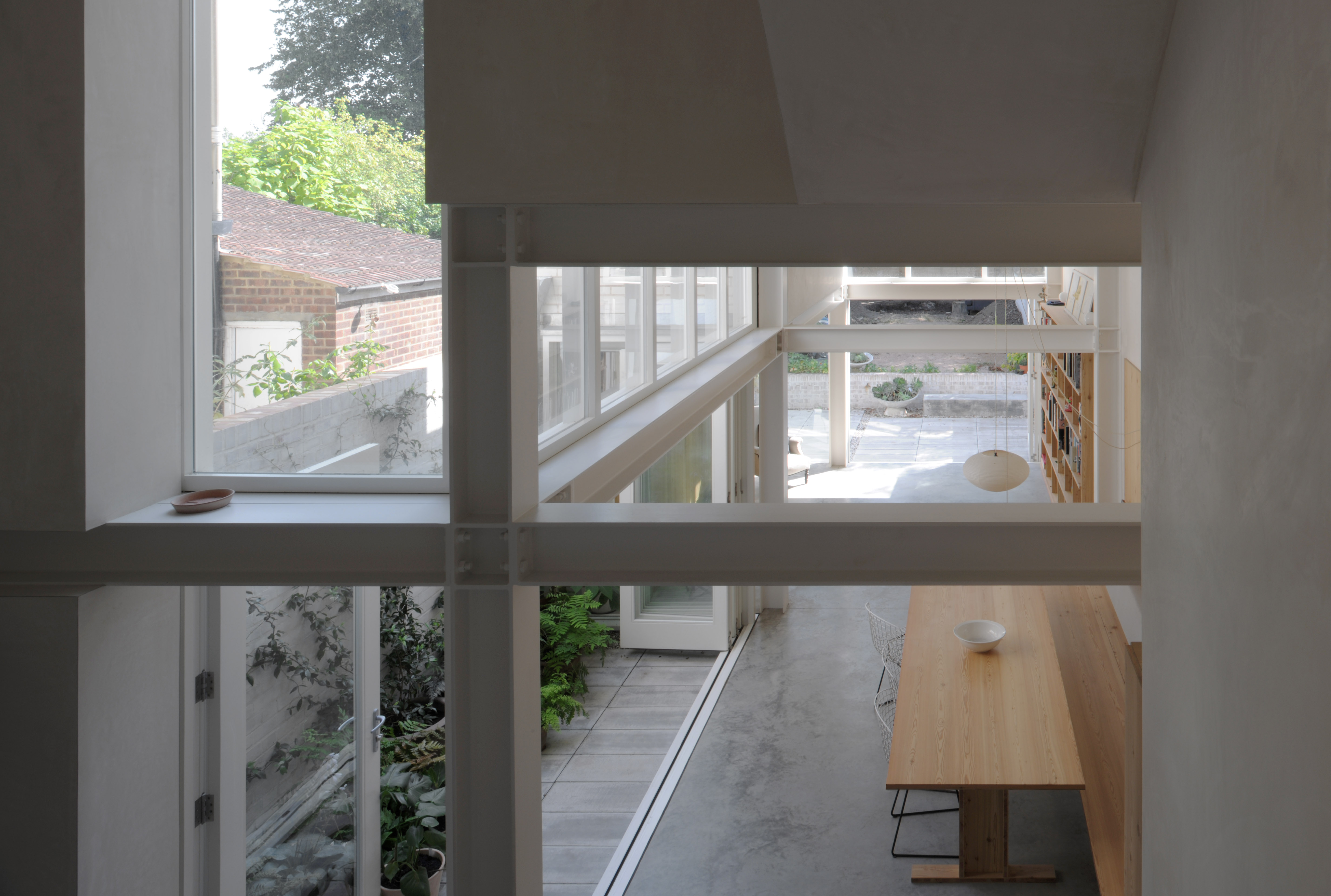
The new design creates an open, light-feeling and bright interior.
INFORMATION
Receive our daily digest of inspiration, escapism and design stories from around the world direct to your inbox.
For more information visit the website of Hugh Strange Architects
Tim Abrahams is an architecture writer and editor. He hosts the podcast Superurbanism and is Contributing Editor for Architectural Record
-
 A tale of two Audis: the A5 saloon goes up against the A6 Avant e-tron
A tale of two Audis: the A5 saloon goes up against the A6 Avant e-tronIs the sun setting on Audi’s ICE era, or does the company’s e-tron technology still need to improve?
-
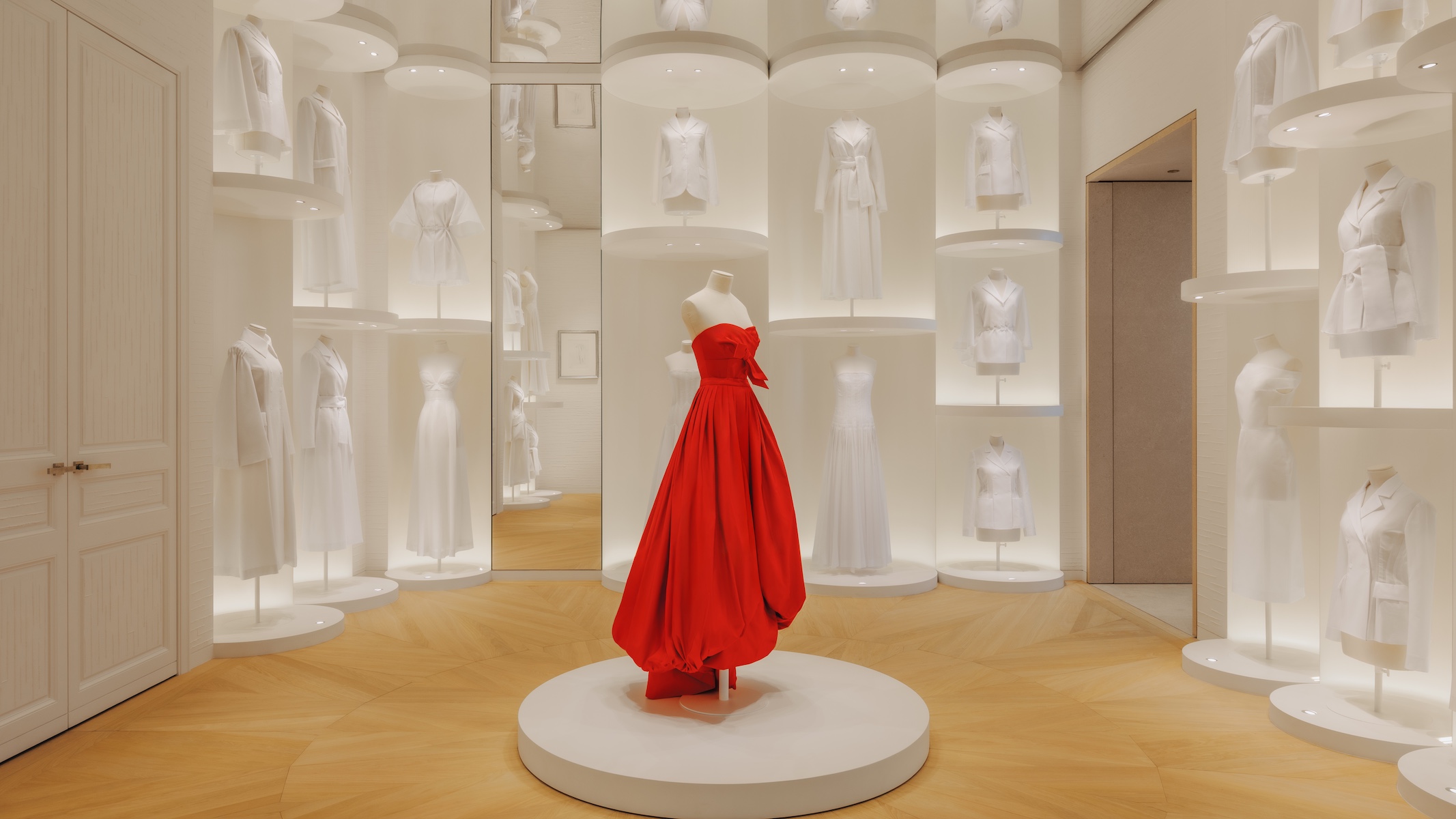 Inside Christian de Portzamparc’s showstopping House of Dior Beijing: ‘sculptural, structural, alive’
Inside Christian de Portzamparc’s showstopping House of Dior Beijing: ‘sculptural, structural, alive’Daven Wu travels to Beijing to discover Dior’s dramatic new store, a vast temple to fashion that translates haute couture into architectural form
-
 A music player for the mindful, Sleevenote shuns streaming in favour of focused listening
A music player for the mindful, Sleevenote shuns streaming in favour of focused listeningDevised by musician Tom Vek, Sleevenote is a new music player that places artist intent and the lost art of record collecting at the forefront of the experience
-
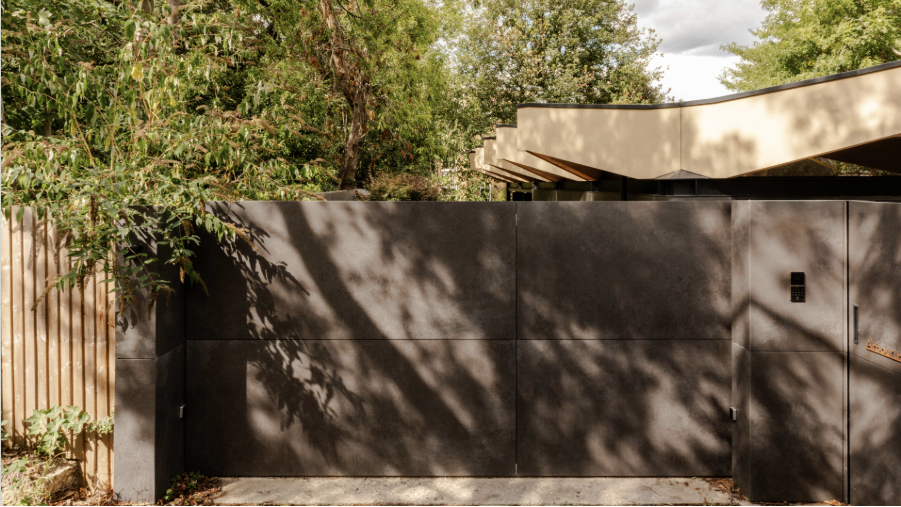 Arbour House is a north London home that lies low but punches high
Arbour House is a north London home that lies low but punches highArbour House by Andrei Saltykov is a low-lying Crouch End home with a striking roof structure that sets it apart
-
 A former agricultural building is transformed into a minimal rural home by Bindloss Dawes
A former agricultural building is transformed into a minimal rural home by Bindloss DawesZero-carbon design meets adaptive re-use in the Tractor Shed, a stripped-back house in a country village by Somerset architects Bindloss Dawes
-
 RIBA House of the Year 2025 is a ‘rare mixture of sensitivity and boldness’
RIBA House of the Year 2025 is a ‘rare mixture of sensitivity and boldness’Topping the list of seven shortlisted homes, Izat Arundell’s Hebridean self-build – named Caochan na Creige – is announced as the RIBA House of the Year 2025
-
 In addition to brutalist buildings, Alison Smithson designed some of the most creative Christmas cards we've seen
In addition to brutalist buildings, Alison Smithson designed some of the most creative Christmas cards we've seenThe architect’s collection of season’s greetings is on show at the Roca London Gallery, just in time for the holidays
-
 In South Wales, a remote coastal farmhouse flaunts its modern revamp, primed for hosting
In South Wales, a remote coastal farmhouse flaunts its modern revamp, primed for hostingA farmhouse perched on the Gower Peninsula, Delfyd Farm reveals its ground-floor refresh by architecture studio Rural Office, which created a cosy home with breathtaking views
-
 A revived public space in Aberdeen is named Scotland’s building of the year
A revived public space in Aberdeen is named Scotland’s building of the yearAberdeen's Union Terrace Gardens by Stallan-Brand Architecture + Design and LDA Design wins the 2025 Andrew Doolan Best Building in Scotland Award
-
 The Architecture Edit: Wallpaper’s houses of the month
The Architecture Edit: Wallpaper’s houses of the monthFrom wineries-turned-music studios to fire-resistant holiday homes, these are the properties that have most impressed the Wallpaper* editors this month
-
 A refreshed 1950s apartment in East London allows for moments of discovery
A refreshed 1950s apartment in East London allows for moments of discoveryWith this 1950s apartment redesign, London-based architects Studio Naama wanted to create a residence which reflects the fun and individual nature of the clients